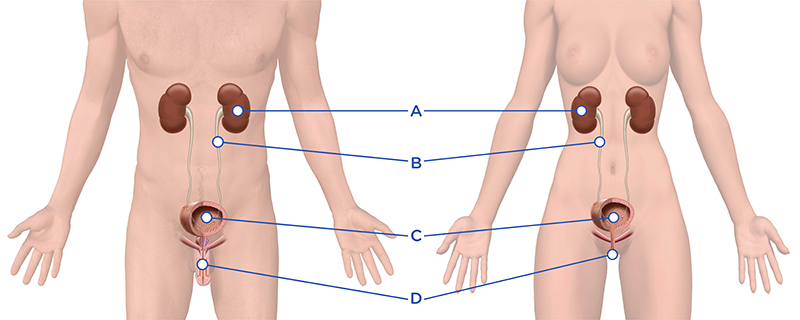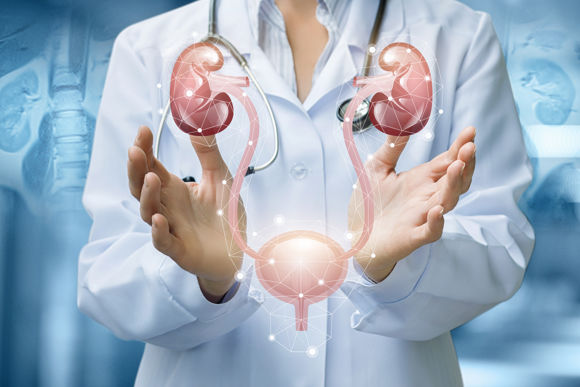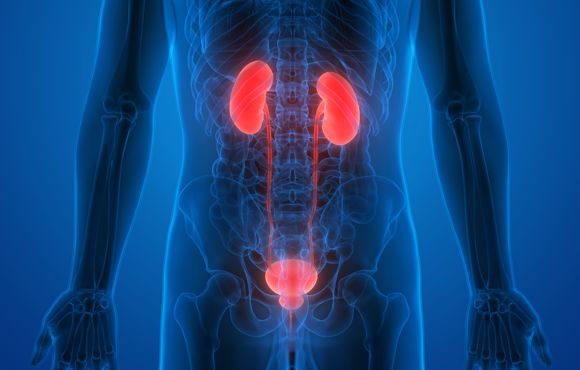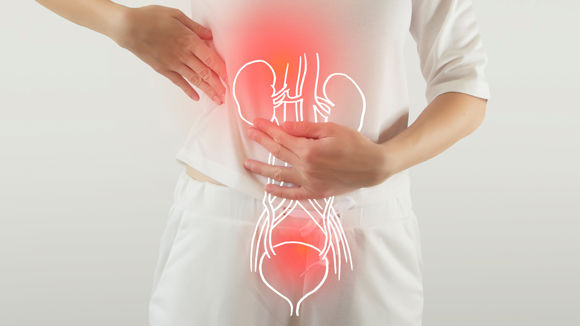What is the Urinary System and How Does It Work?
The normal recurring function of emptying and storing urine is called the micturition cycle. It is divided into a filling and emptying phase. This acts as an interaction between the nervous system and the lower urinary tract. It’s important that all parts of the urinary system work in partnership for normal urination to occur. The urinary system consists of kidneys(A), ureters(B), the bladder(C), and the urethra(D).

The Function of the Urinary System
The kidneys are large, bean-shaped organs located towards the back of the abdomen, on either side of the spine. They remove waste products by manufacturing urine. They have a special system of a small network of tubes (nephrons) that allow substances to be filtered. The kidneys regulate the amount of water in the body, and humans produce about 1.5 liters of urine a day.
The ureters drain urine from the kidneys to the bladder. They are 25–30 cm long tubes lined with smooth muscle. The muscular tissue uses peristalsis to move urine downwards. The ureters enter into the back of the bladder via the Trigone area, a valve that prevents the reflux of urine back to the kidneys.
The urinary bladder is a hollow organ that stores urine and is located in the pelvis above and behind the pelvic bone. The bladder’s elastic and muscular wall is called the detrusor and will stretch to hold an average volume of 400-600mls of urine. The inside of the bladder wall is covered with several layers of epithelium (mucosa). The mucosa is folded when the bladder is empty but stretches out as the bladder fills. It is normal to urinate 4 - 8 times per day and (0-1 during the night), normally 200-400 mls each time.
Common Urinary System Problems
We’re all different, and not all urinary issues are equally severe. Some, such as incontinence and urinary tract infections (UTIs) are more common than you may think. And there are many possibilities for the treatment and management of these conditions.
In this section, we focus on the most common forms of urinary complications (peeing problems) where intermittent catheterization can be part of the treatment solution. It is intended for your information only - if you believe you might have some of the symptoms we describe, be sure to contact a healthcare professional as soon as possible. Click on the list below for more information about each category.
Further Reading: Common urinary issues
-
Urinary Retention
If you are experiencing difficulty emptying your bladder generally or are unable to completely empty your bladder, this is referred to as urinary retention.

-
Urinary Incontinence
With urinary incontinence, you experience involuntary leakage of urine due to loss of bladder control. People often avoid seeking help since they find it embarrassing - which means the condition is sometimes left untreated.

-
Urinary Tract Infections
Urinary tract infections (UTI’s) occur when bacteria have a chance to grow in the urethra and bladder. Like any other kind of infection, the longer it goes untreated, the more serious the complications can be.
